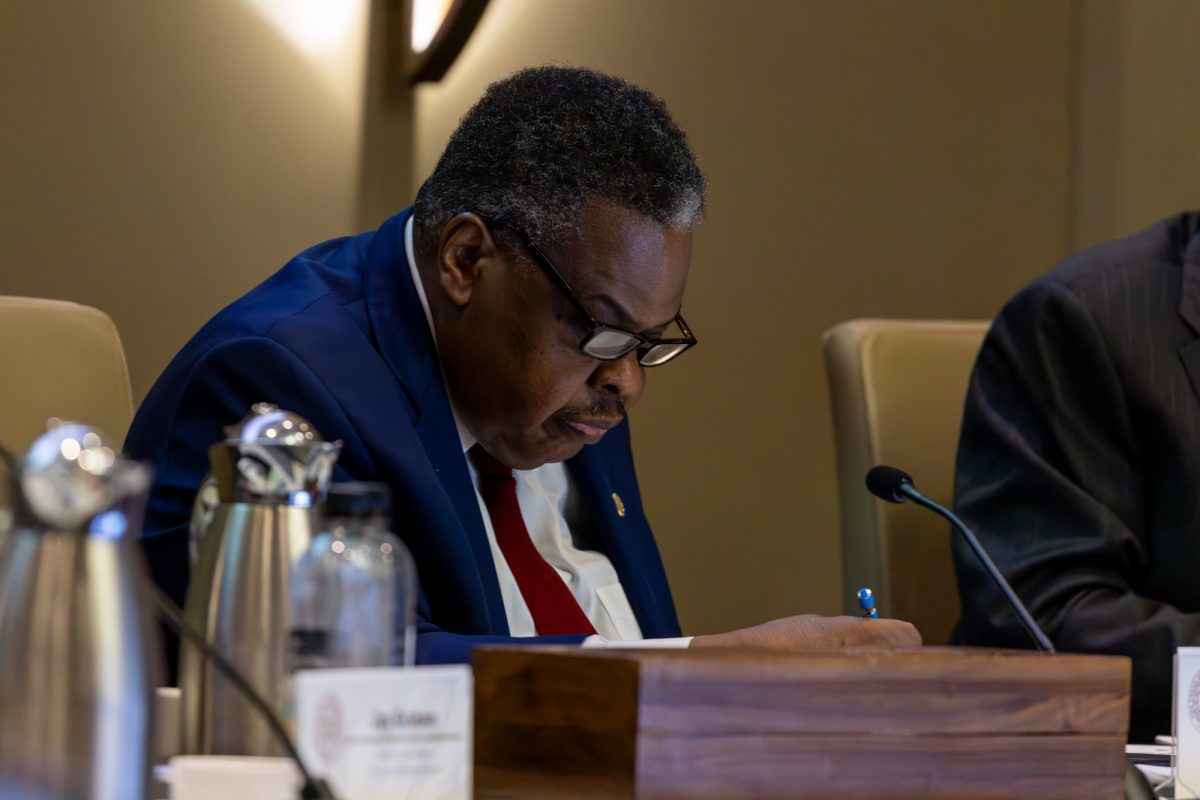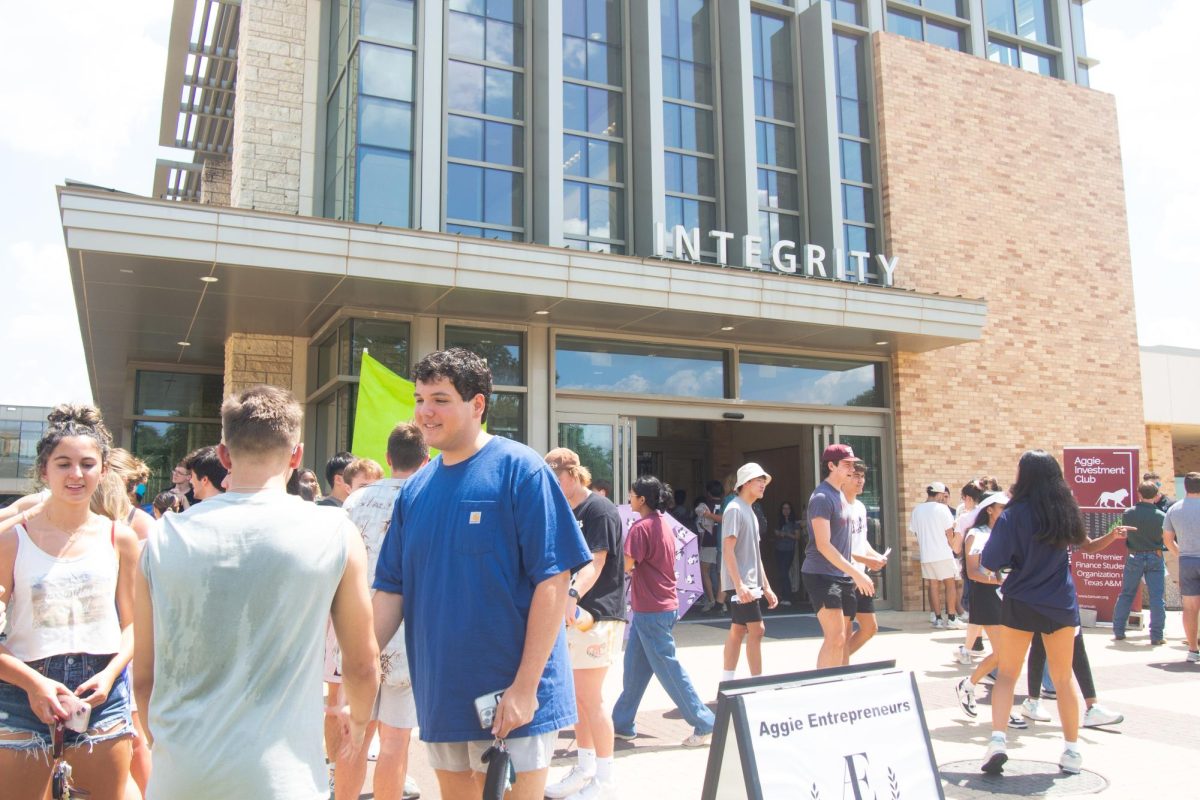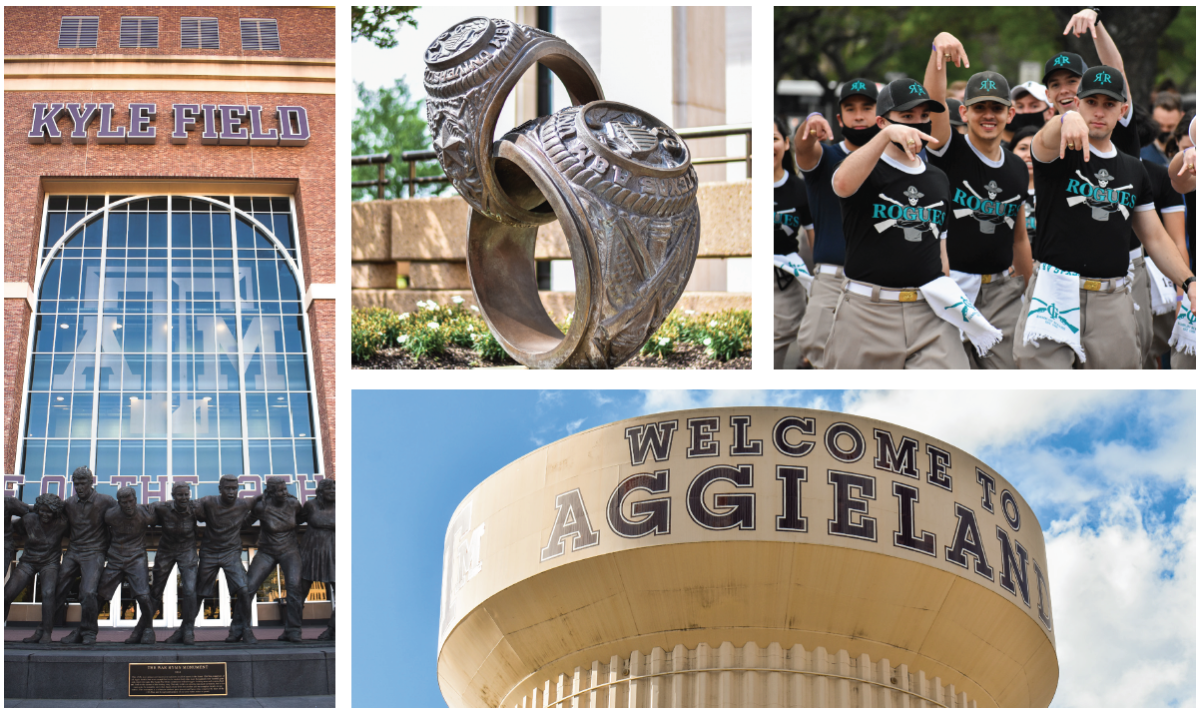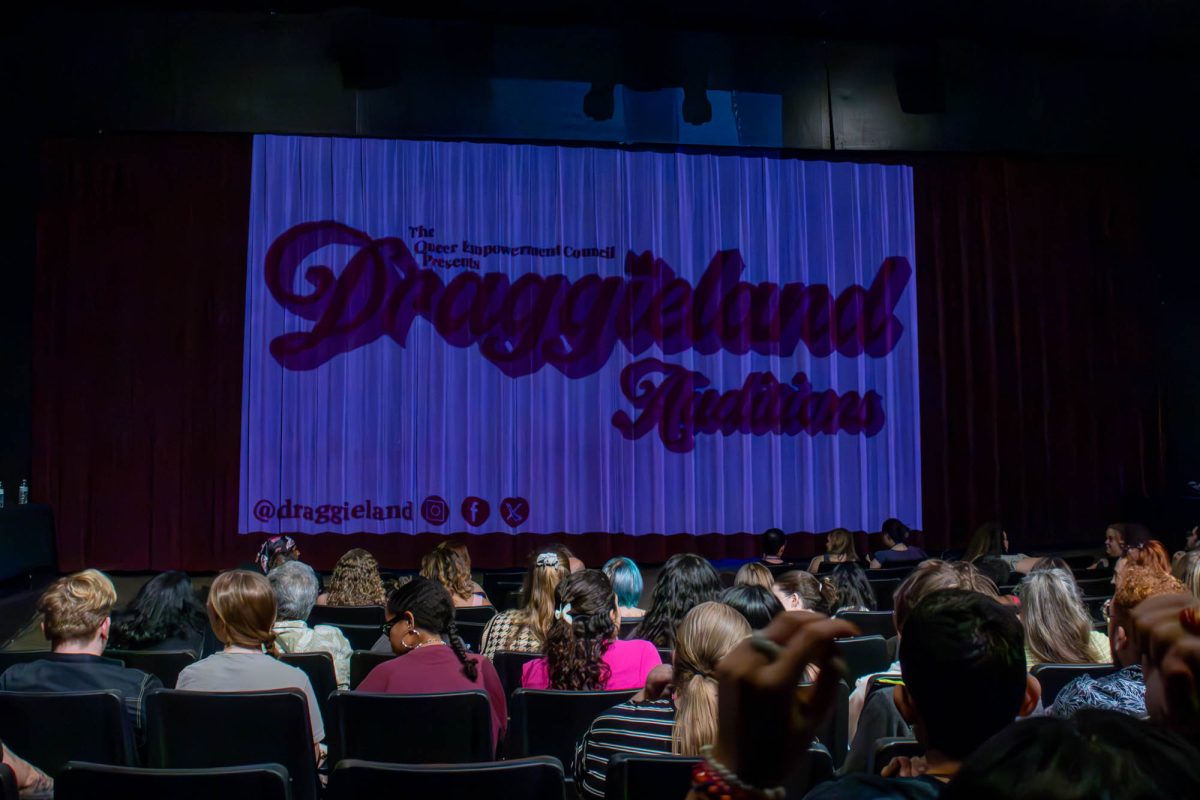A small MSC meeting room was overflowing Monday evening as international students provided attendees with information and perspectives on their own cultures at the International Student Association’s I-History event.
As part of I-Week, presenters did their best to sum up one aspect of their culture for the audience. Bowen Pan, atmospheric sciences graduate student, explained the history behind several common items of Chinese cuisine.
Beginning with the dumpling, Pan said the dough covered meat-veggie mixtures that have long been a staple of the American-Chinese restaurant actually got their start as a more appealing means of consuming medicine in ancient China.
“For around 500 years it was actually medicine placed in the dumpling,” Pan said. “These were boiled into a soup and [the patient] would eat the soup.”
In Chinese culture, Pan said the dumpling has a romantic meaning of family, fortune and the New Year.
“It is a symbol of change and fortune,” Pan said. “We have a willingness in saying goodbye to the old year and looking forward to the switch into the new year. That’s why [in China] we eat them exactly at midnight.” Ramakrishna Rathinasamy, management information systems graduate student and one of the three presenters from India, said India was a vital source of early advancements in technology and engineering.
“Around 9,000 years ago there were four main settlements formed and these went on to be the basis of civilization [in India],” Rathinasamy said. “We think about having a warm bath and it was there in 5000 BC in India. Hot water was there. Drainage systems, bath tubs – they were there.”
There are things scholars still do not understand about the early engineering marvels of India, Rathinasamy said.
“From the early civilizations in the Indus Valley came a lot of engineering marvels and technologic advancements,” Rathinasamy said. “There is a temple called The Great Indian Temple in the southern part of India and it has a huge granite crown that sits at the top. There is lots of theory about how the crown was put on top without any heavy machinery but still to this day it remains a mystery.”
Ashi Qardaghi, undergraduate student at the English language institute from Kurdish Iraq, spoke about his home region and the Kurdish people. Kurdistan, he said, describes the land of ethnic Kurds and is not bound by a traditional border. The Kurds in Iraq were victims of terrible atrocities under dictator Saddam Hussein, Qaradaghi said, and consequently during the liberation of Iraq, Kurds were some of the first to join American forces.
“A lot of people don’t realize this, but we [Kurdish Iraqis] joined immediately with the Americans in liberation,” Qaradaghi said. “Not a single person was killed in Kurdish Iraq. Some were injured but when we joined with the Americans the Iraqi army just surrendered.”
More recently, Qaradaghi said Kurdish Iraq has become known as the “other Iraq” with its safety and stability attracting tourists and foreign business.
“We have been called the ‘other Iraq’ because it is a lot more safe there,” Qardaghi said. “Our capital city [Erbil] was ranked as the number one tourist destination in the Middle East this year.”
Qardaghi said his move from Iraq to America was not at all what he expected.
“Honestly I expected there to be more anger and for people to be meaner,” Qardaghi said “All I really knew of America was the movies and the American Army. But College Station, it has really awesome people.”
I-Week will continue until Friday. The next event, I-Henna, will be from 11 a.m. to 3 p.m. Tuesday at Rudder Fountain.
History event ushers in international perspective
March 31, 2014
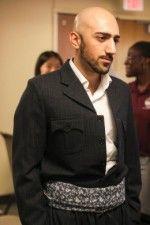
0
Donate to The Battalion
$1745
$5000
Contributed
Our Goal
Your donation will support the student journalists of Texas A&M University - College Station. Your contribution will allow us to purchase equipment and cover our annual website hosting costs, in addition to paying freelance staffers for their work, travel costs for coverage and more!
More to Discover





